Image by Kyle Ellefson
On this Ash Wednesday, this remarkable blessing from Jan Richardson. About it, she says:
"Ashes, dust, dirt: the stuff we walk upon, that we sweep away, that we work to get rid of, now comes to remind us who we are, where we are from, where we are bound.
"How terrible. And how marvelous, that God should feel so tender toward the dust as to create us from it, and return us to it, breathing through us all the while. Even after releasing us from the blessed dust at the last, God continues to breathe us toward whatever it is we are becoming.
"Ash Wednesday hits close to home once again. My husband’s ashes remain in the keeping of my brother, waiting in a beautiful wooden box that Scott has built for them. This spring we will bury the ashes on the family farm where Gary and I were married not so long ago. And we will breathe, and we will bless the earth from which we have come, and we will give thanks for the astonishing gift that passed too briefly among us but whose love, tenacious as ever, goes with us still."
Read it and embrace your earthen self.
A Blessing for Ash Wednesday
All those days
you felt like dust,
like dirt,
as if all you had to do
was turn your face
toward the wind
and be scattered
to the four corners
or swept away
by the smallest breath
as insubstantial—
Did you not know
what the Holy One
can do with dust?
This is the day
we freely say
we are scorched.
This is the hour
we are marked
by what has made it
through the burning.
This is the moment
we ask for the blessing
that lives within
the ancient ashes,
that makes its home
inside the soil of
this sacred earth.
So let us be marked
not for sorrow.
And let us be marked
not for shame.
Let us be marked
not for false humility
or for thinking
we are less
than we are
but for claiming
what God can do
within the dust,
within the dirt,
within the stuff
of which the world
is made,
and the stars that blaze
in our bones,
and the galaxies that spiral
inside the smudge
we bear.
–Jan Richardson





